The Eve of Completion
I know, I haven’t posted anything in months.
Yes, I’m still here.
Please, let me explain a little:
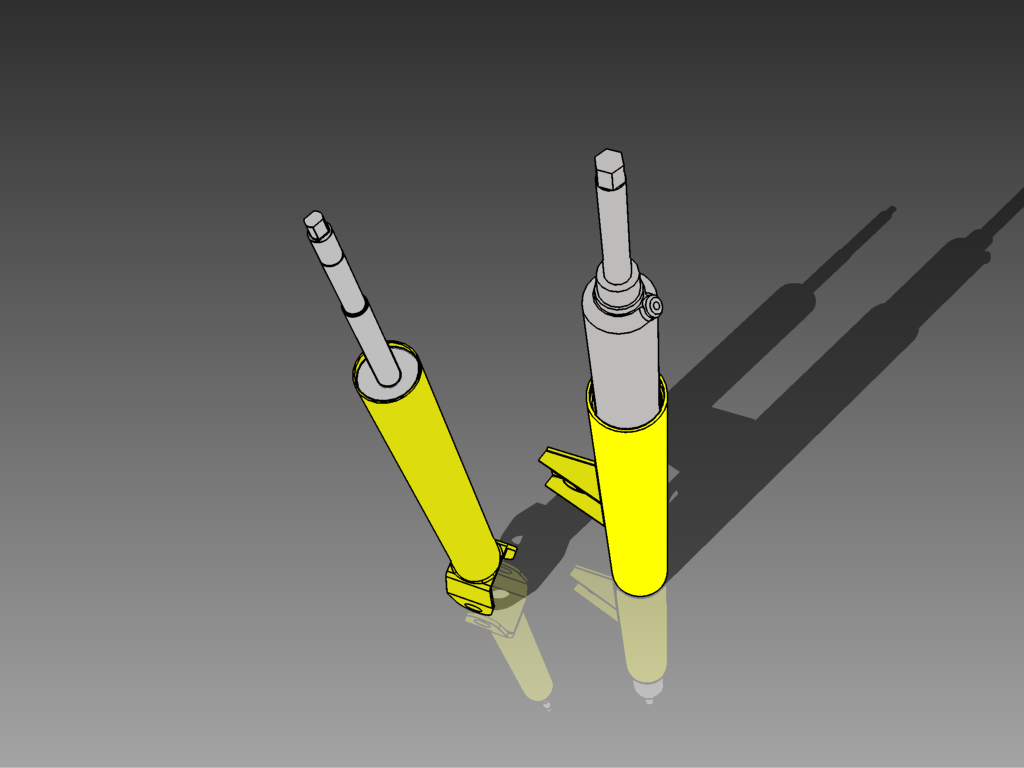
At the conclusion of this year’s first semester, I began by noting that “personal reflection, at the core, is one of the most important mental tools for professionals in any industry. It allows us to take a step back and observe our actions, our successes, and our failures—all in the grand effort for self-improvement.” Though this may seem rather cliché and perhaps rudimentary, completing our Miami University Senior Design project has reaffirmed that the basis of this statement holds true to the core.
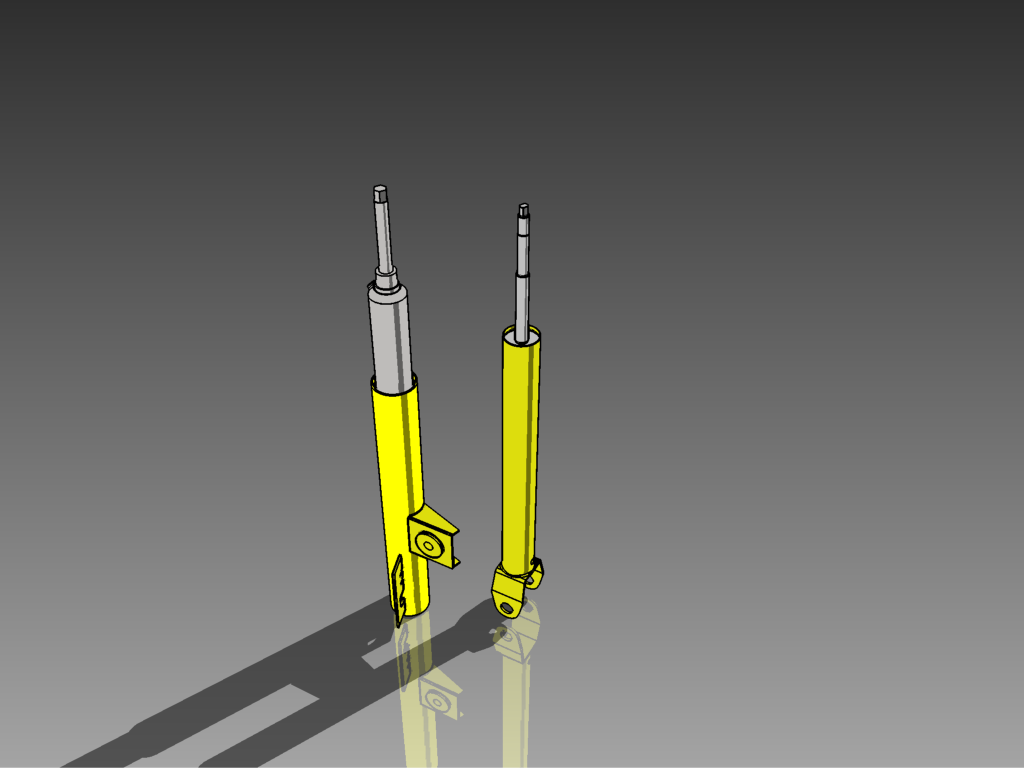
Group work can be incredibly difficult at times, but its effectiveness can be tailored with proper scheduling and tasking. To me, this was one of the difficult aspects of the project, as we had juggle through our busy schedules (two of the group members work full-time, while we all attend school full-time) as well as find time to utilize the laboratories at Bilstein in order to design and manufacture our prototypes. Admittedly, this project would’ve worked much better if we didn’t have jobs outside of school, but I believe that this aspect of our group dynamic allowed us to walk away from the completed goal as stronger individuals and teammates.
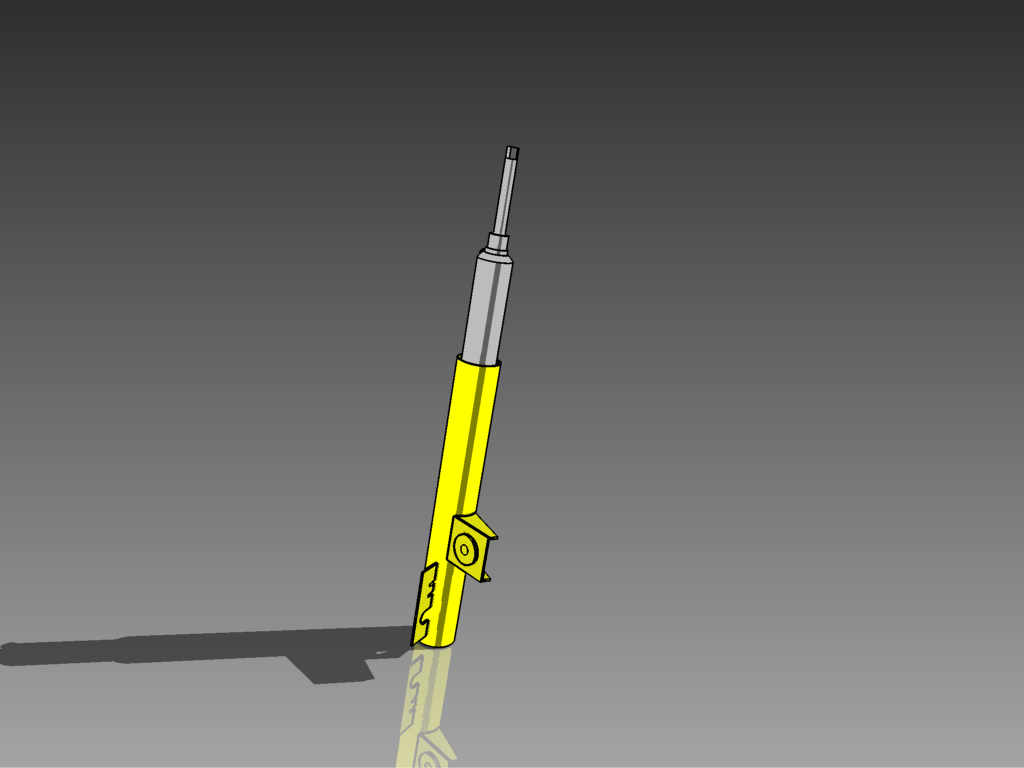
Educationally, as I covered in the first essay, I believe that the majority of our understanding of general engineering concepts has arisen directly from our studies. Though we all share similar stories of how we felt “drawn” to engineering as children, it is very obvious that none of this passion can be effectively used without the proper training and knowledge. This is where the engineering curriculum sheds its light on both our project, and our futures as engineers.
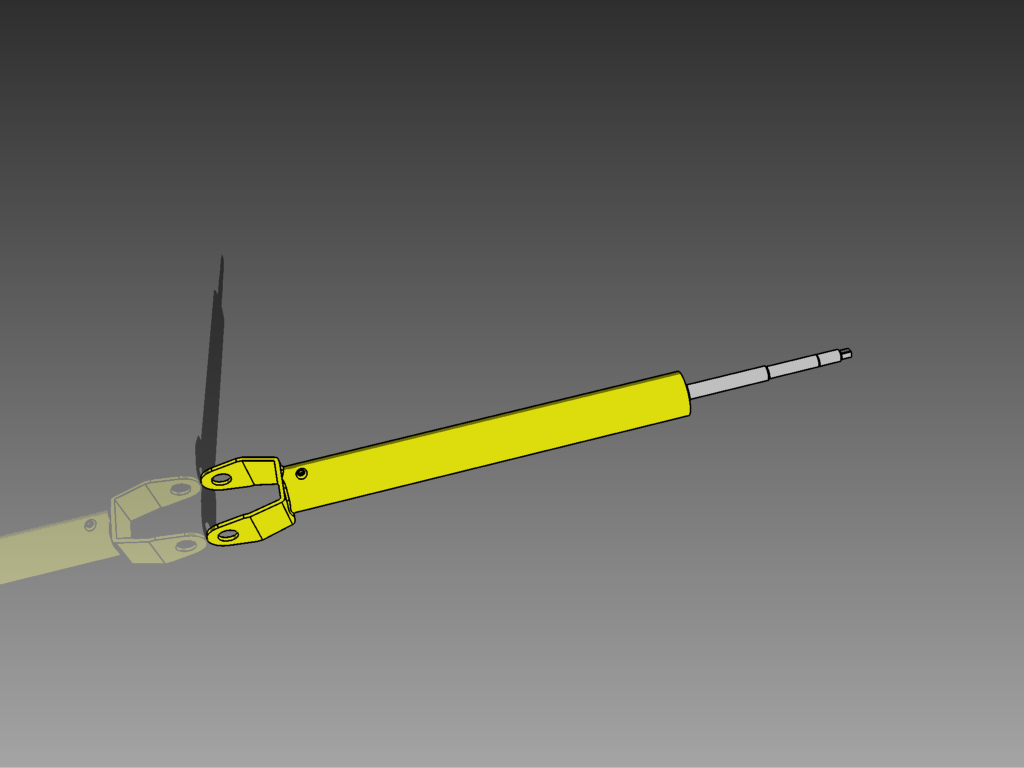
Being able to work beside my teammates Roger Mills and Andrew Hackney, as well as the extremely helpful Bilstein engineers (Nick Holt, specifically) is what carried me through. Eventually, we all used our individual strengths to allow our talents to collectively conquer the goals, though the pains of procrastination and underestimation haunted us along the way. As discussed in the previously, the bulk of the project fell into five major zones of progress: Planning, Mapping, Constructing, Testing, Refining. Considering that each zone played a pivotal piece in the project’s transition into the next, I found it quite predictable that we would find ourselves stuck within the Constructing Zone longer than we thought.
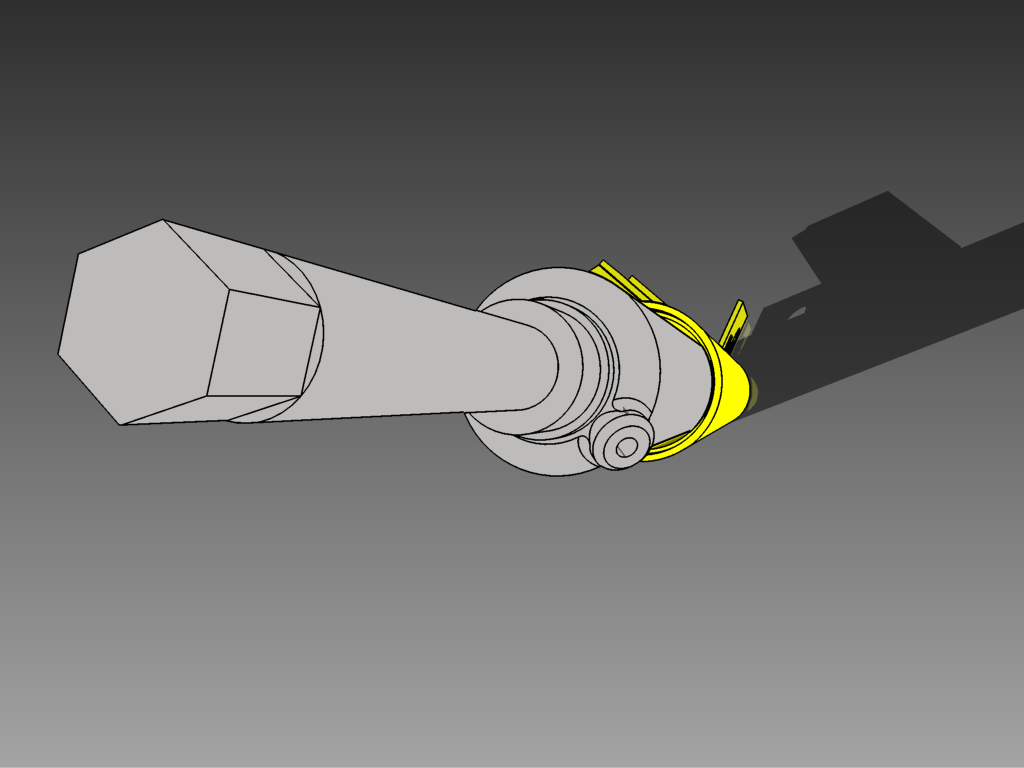
This is where a few of my own personal demons arose, where procrastination and simply underestimating the work required came into play. Though this affected all of us to an extent, I found myself rather relaxed coming out of Winter Break, only to find the stress piling on once we discovered that making these dampers and getting them to fit would be far more difficult than we originally forecast. The last four to five weeks of the project is when everything truly came together, where our already limited free time was used more productively and we entered each team meeting with clear goals and plans to reach them. Seeing my friend Andrew Hackney develop his own ride data testing device was quite amazing (instead of us paying $20,000 to get a Racelogic Vbox), as well as Roger’s management skills and overall knowledge of the processes required to get our dampers into reality.
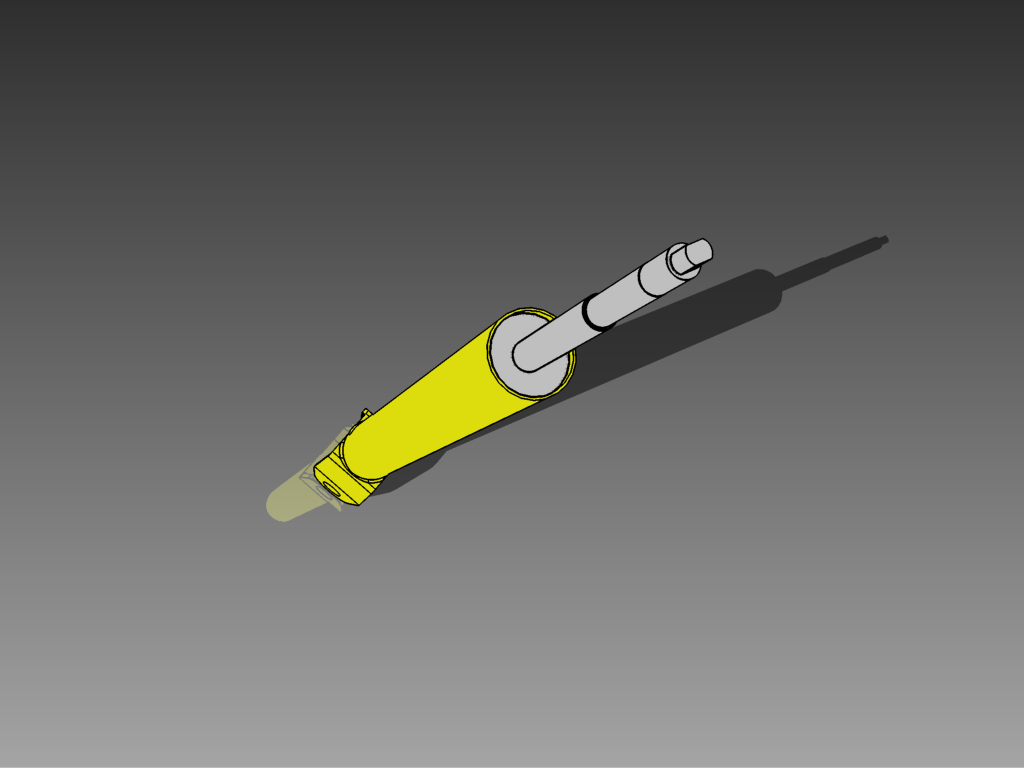
Without the help of these two, I believe that there is little chance that I could have successfully completed this project alone. My specialties in design and CAD also proved to be highly valuable, as the CAD and FEA models helped us design parts that we realized were critical in a short amount of time with low overhead. Having learned these programs throughout my career in both the job arena and academia, this project—and the haste it required—once again proved that these tools are more than relevant in the real world, especially when time is critical. The other personal faults that I have recognized myself (such as crumbling under stress, procrastination, etc.) owe their deeds to the core of what it is to be human.
More importantly, I find that accepting this aspect of humanness is what enables us to learn, grow, and push forward with our goals. With this said, I would once again like to shower my teammates with every accolade I can offer as well as an insurmountable token of respect. I know, without a doubt, that if I had to do this all over again, there are no two people that I would rather choose as partners.
In my first essay, I closed with the following statement:
“In all, I think we’ve come a long way since the very beginning of our journey in the Mechanical Engineering Technology program at Miami University. With the goals that we’ve set, and the performance that we have displayed thus far, I am very confident that we will be able to achieve our final goal in May.”
Now, standing here ready to complete my collegiate journey and begin a new phase of my life, I’m am nearly without words to explain how proud I am of myself, and everyone taking part in what used to seem like a never-ending struggle to reach the end of the tunnel.
After all that I’ve endured, I realize that I’ve grown so much.
Seeing my colleagues standing beside me with an identical realization suddenly makes the past six years of my life far more worth the scars.
I have but two more weeks to struggle through, and I promise that I’ll make it, but after that. I’m done.
May 14, 2016. 1:30PM.
–Bryan
